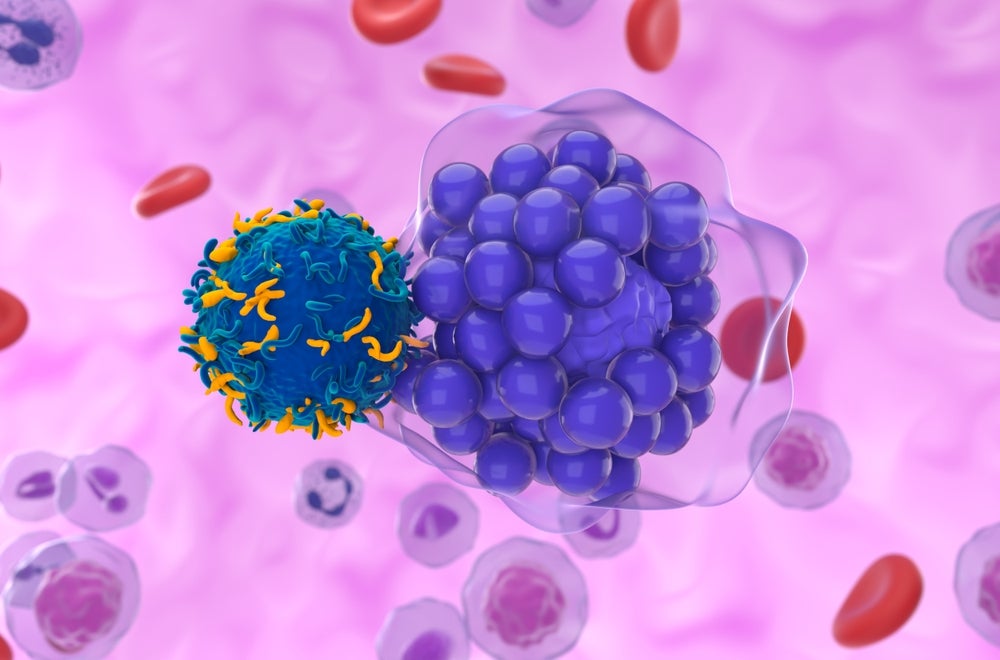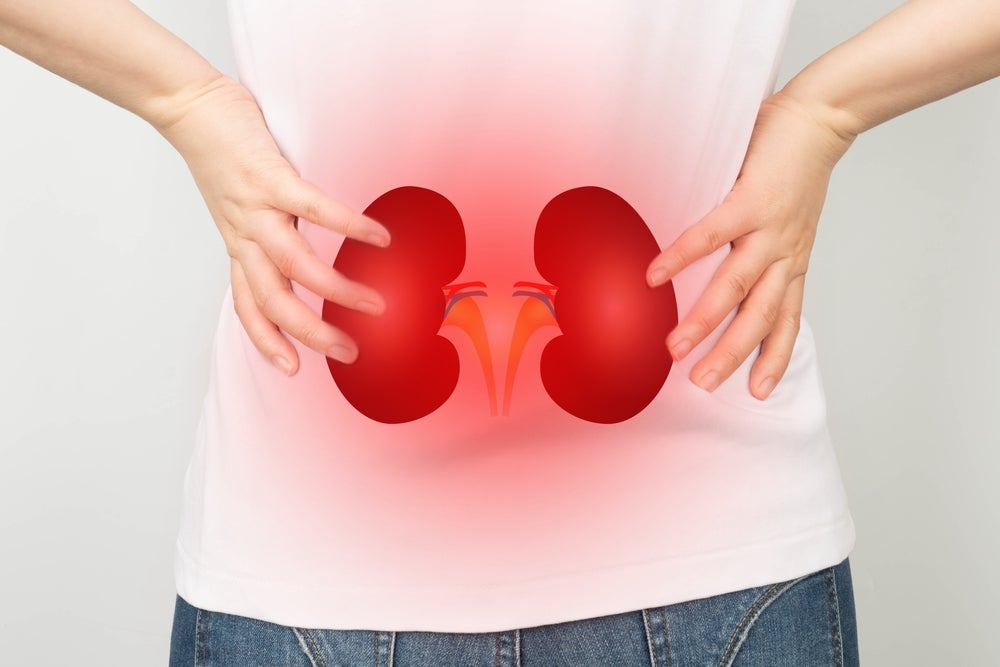Human Milk Fortifier Linked to Neonatal Kidney Injury
In recent years, neonatal care has witnessed remarkable advancements, particularly in nutritional strategies aimed at optimizing growth and development in premature and critically ill infants. One such intervention involves human milk fortification, a practice designed to enhance the nutritional profile of human breast milk by supplementing it with additional macro- and micronutrients. While this approach […]


In recent years, neonatal care has witnessed remarkable advancements, particularly in nutritional strategies aimed at optimizing growth and development in premature and critically ill infants. One such intervention involves human milk fortification, a practice designed to enhance the nutritional profile of human breast milk by supplementing it with additional macro- and micronutrients. While this approach has demonstrated clear benefits in supporting the rapid growth demands of neonates, a groundbreaking study now sheds light on a previously underappreciated risk associated with the introduction of human milk fortifiers (HMFs): the potential development of acute kidney injury (AKI) in this vulnerable population.
The study, conducted by Young, Shabanova, Greenberg, and colleagues and published in the Journal of Perinatology in early 2025, represents one of the first comprehensive investigations into the renal implications of fortified human milk administration. Their meticulous research underscores a critical need for neonatal clinicians to balance the undeniable growth advantages conferred by HMFs with the emerging data suggesting a correlation between fortifier introduction and neonatal AKI incidence. This revelation could recalibrate current nutritional protocols and prompt the design of safer fortification strategies tailored to renal-limited neonates.
Human milk fortifiers are complex formulations that typically enrich breast milk with additional proteins, calcium, phosphorus, and calories. These nutrients are vital to support the accelerated developmental requirements of preterm infants, who often fail to thrive when fed unfortified breast milk alone. However, the enhanced solute load and osmolarity inherent in fortified feeds pose potential physiological challenges to immature renal systems. Neonatal kidneys, particularly those of premature infants, are inherently susceptible to injury due to ongoing nephrogenesis and limited functional reserves. The study rigorously investigates how these sensitive organs respond to increased metabolic and osmotic stress induced by fortified milk regimens.
.adsslot_WCa05VrKPc{width:728px !important;height:90px !important;}
@media(max-width:1199px){ .adsslot_WCa05VrKPc{width:468px !important;height:60px !important;}
}
@media(max-width:767px){ .adsslot_WCa05VrKPc{width:320px !important;height:50px !important;}
}
ADVERTISEMENT
The researchers enrolled a cohort of high-risk neonates receiving human milk fortification within neonatal intensive care units (NICUs) and implemented a detailed monitoring protocol involving serial serum creatinine measurements, urine output assessments, and renal ultrasonography. Utilizing modern biomarkers and neonatal-specific criteria for AKI diagnosis, the team demonstrated a statistically significant increase in AKI episodes following the initiation of fortified feeding, compared to baseline measurements taken prior to fortifier exposure. Importantly, this acute kidney insult was asymptomatic in many cases and might have gone undetected without vigilant laboratory surveillance, emphasizing the subtlety of this adverse effect.
Pathophysiologically, the elevated solute concentration from fortifiers likely exerts increased tubular workload and osmotic stress on immature nephrons. This exacerbated renal metabolic demand can trigger cellular injury pathways, including oxidative stress, inflammation, and apoptosis, all contributing to acute tubular necrosis phenomena recognized as acute kidney injury. The paper elaborates on this mechanistic model, supported by parallel animal studies and in vitro renal cell assays that corroborate the clinical observations. Such translational evidence enhances the credibility of the association and pinpoints potential targets for therapeutic intervention.
Another pivotal aspect explored by the study is the timing and composition of fortifier initiation. Neonates introduced abruptly to high-concentration fortifiers exhibited more pronounced AKI incidence than those where fortification was initiated gradually or with hypoosmolar formulations. These findings urge a reconsideration of current fortifier dosing protocols. Gradual titration, vigilant renal function monitoring, and perhaps individualized fortifier formulations based on renal maturity indices could prove critical to minimizing harm while preserving nutritional benefits.
Furthermore, the study draws attention to the potential long-term renal sequelae stemming from repeated or sustained episodes of AKI in neonates. Emerging data link early-life kidney injury with predisposition to chronic kidney disease (CKD) in later childhood and adulthood. This developmental programming of renal vulnerability underscores the importance of addressing modifiable risk factors such as nutritional interventions. The authors advocate for longitudinal follow-up studies to evaluate renal outcomes over extended timeframes, as this will elucidate the true burden of neonatal AKI related to human milk fortifier use.
Notably, the investigation also accounts for confounding variables such as prematurity degree, concomitant nephrotoxic medication use, hemodynamic instability, and existing comorbidities. By employing multivariate statistical models, the researchers isolate fortifier introduction itself as an independent risk factor for AKI, strengthening the causality argument. This nuanced analysis differentiates the renal effects of fortification from the background renal vulnerabilities frequently encountered in extremely premature and critically ill infants.
In light of these findings, neonatal nutrition guidelines may witness significant revisions, balancing the indispensable role of human milk fortifiers in growth promotion against emerging renal safety concerns. Interdisciplinary collaboration between neonatologists, nephrologists, dietitians, and pharmacologists will be paramount in devising optimized fortifier formulations and individualized feeding regimens. Moreover, advancements in biomarker technologies for early AKI detection could facilitate preemptive adjustments in nutrition plans, further safeguarding renal health without compromising growth trajectories.
The implications of this study also extend beyond clinical practice into the domain of biomedical research. Understanding the cellular and molecular underpinnings of HMF-induced renal injury opens avenues for developing pharmacological agents or nutritional additives that mitigate nephrotoxicity. Antioxidants, anti-inflammatory compounds, or protective osmolytes incorporated into fortifiers might alleviate the burden on neonatal kidneys. Future trials integrating such innovations could revolutionize neonate care by harmonizing enhanced nutrition with organ protection.
As neonatal survival rates improve globally, optimizing every aspect of postnatal care assumes paramount importance. The discovery that an otherwise beneficial nutritional intervention could inadvertently harm renal development spotlights the intricate balance required in neonatal medicine. This study serves as a clarion call to the medical community to rigorously evaluate and monitor all intervention modalities for their comprehensive impact on infant health, beyond immediate growth outcomes.
Intriguingly, the authors propose that the variability in individual responses to human milk fortification might be partly explained by genetic predispositions affecting renal resilience or metabolic processing. This hypothesis beckons further genomic and proteomic investigations to identify at-risk subpopulations and tailor interventions accordingly. Personalized neonatology, integrating precision medicine with nutritional science, lies on the horizon as the next frontier to enhance neonatal quality of life and long-term health.
Meanwhile, clinicians are encouraged to maintain a high index of suspicion for subtle signs of renal compromise when implementing human milk fortification protocols. Routine renal function assessment, including functional biomarkers and urine analysis, could assist in timely detection of AKI. Adjustments in feeding strength or alternative nutritional strategies might be warranted when renal impairment emerges, ensuring that the neonate receives optimal support without unintended harm.
In summary, the study by Young and colleagues represents a paradigm shift in understanding the delicate interplay between neonatal nutrition and renal health. It challenges previous assumptions that human milk fortification is invariably safe and highlights the need for precaution and innovation. As the field advances, harmonizing the nutritional benefits of fortification with renal protection will be essential to foster healthy development and prevent lifelong kidney disease in the most vulnerable infants.
The ongoing commitment to multidisciplinary research and evidence-based practice will undoubtedly refine neonatal nutritional protocols, safeguarding not only survival but also the quality of life for premature infants worldwide. This landmark research underscores the power of vigilant clinical observation combined with cutting-edge science to unveil hidden risks and inspire safer, more effective neonatal care strategies in the years to come.
Subject of Research: Introduction of human milk fortifier and its association with the development of neonatal acute kidney injury
Article Title: Introduction of human milk fortifier and the development of neonatal acute kidney injury
Article References:
Young, C., Shabanova, V., Greenberg, J. et al. Introduction of human milk fortifier and the development of neonatal acute kidney injury. J Perinatol (2025). https://doi.org/10.1038/s41372-025-02326-w
Image Credits: AI Generated
DOI: https://doi.org/10.1038/s41372-025-02326-w
Tags: acute kidney injury in neonatesbalancing nutrition and kidney health in infantscomprehensive research on milk fortifiersgrowth optimization in critically ill infantshuman milk fortification benefitshuman milk fortifierneonatal care advancementsneonatal kidney injurynutritional strategies for premature infantsrenal implications of milk fortifiersrisk of kidney injury from fortifierssafer fortification strategies for neonates
What's Your Reaction?

































